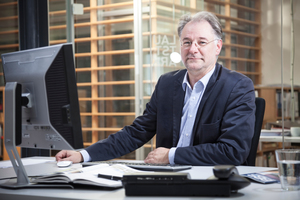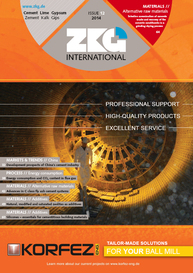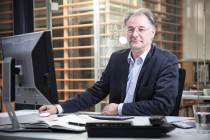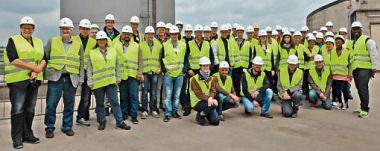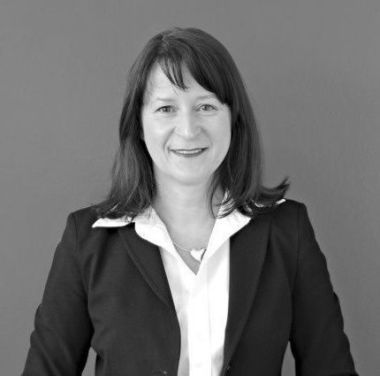2014 in retrospect
Many of us will be writing their final reports or planning their schedule for 2015. It is then only natural that our thoughts drift to a look back over the year. Perhaps to a site that was finished under time, or a long-standing wish that had to be put off again, an agreed contract that was finally awarded, maybe problems with colleagues or some system, or a kiln that this time gave its best performance ...
I personally was exceptionally pleased in 2014 by the congratulations of Brazilian friends, who took the trouble to send me a night-time message, despite the fact that their team had lost to Germany by a large margin. Also very pleasing are the surprises when one unexpectedly meets former colleagues and is immediately on the same wavelength, as if we’d never been apart. I was worried, however – helpless, in fact, – when I heard that friends in the Lebanon, and later others in Ukraine, had come under rocket fire, and that former colleagues still had no choice but to brave it out in Kurdistan.
Thanks to the Internet and telecommunications, the world is growing ever smaller, and such news shows just how narrow is the line between joy and grief – in the truest sense of the word! There are no “isolated” problems any more, and all of us are only humans, with human worries and needs, family, and friends, all living together on just one spaceship earth. The laws of nature rule everywhere, and everywhere there are environmental problems to be solved.
For this reason, we complete our series on energy consumption with Part 2, dealing with limestone quality, in this final issue for 2014. We again examine the subject of CO2 and look for the first time at China, to hear first-hand information about backgrounds, forecasts and action. Up to 200 kg of CO2 can be saved per ton of cement, by using fly ash in new cement types, for example. Read here how such cements are currently being successfully developed and tested.
Our article on concrete recycling also focuses on an interesting concept, with the recovery of proper aggregates as the end result. Finally, we conclude the year with the broad subject area of binder reactions, this time examining the modified behaviour when silicones, zeolites and nanoparticles are present.
The entire ZKG INTERNATIONAL team takes this opportunity of thanking all readers, authors and associates for a highly interesting 2014, and wishes you and all your employees a happy holiday season with your families, in all regions and for all religions around the entire world!
Dr. Hubert Baier
Editor-in-Chief
ZKG INTERNATIONAL

